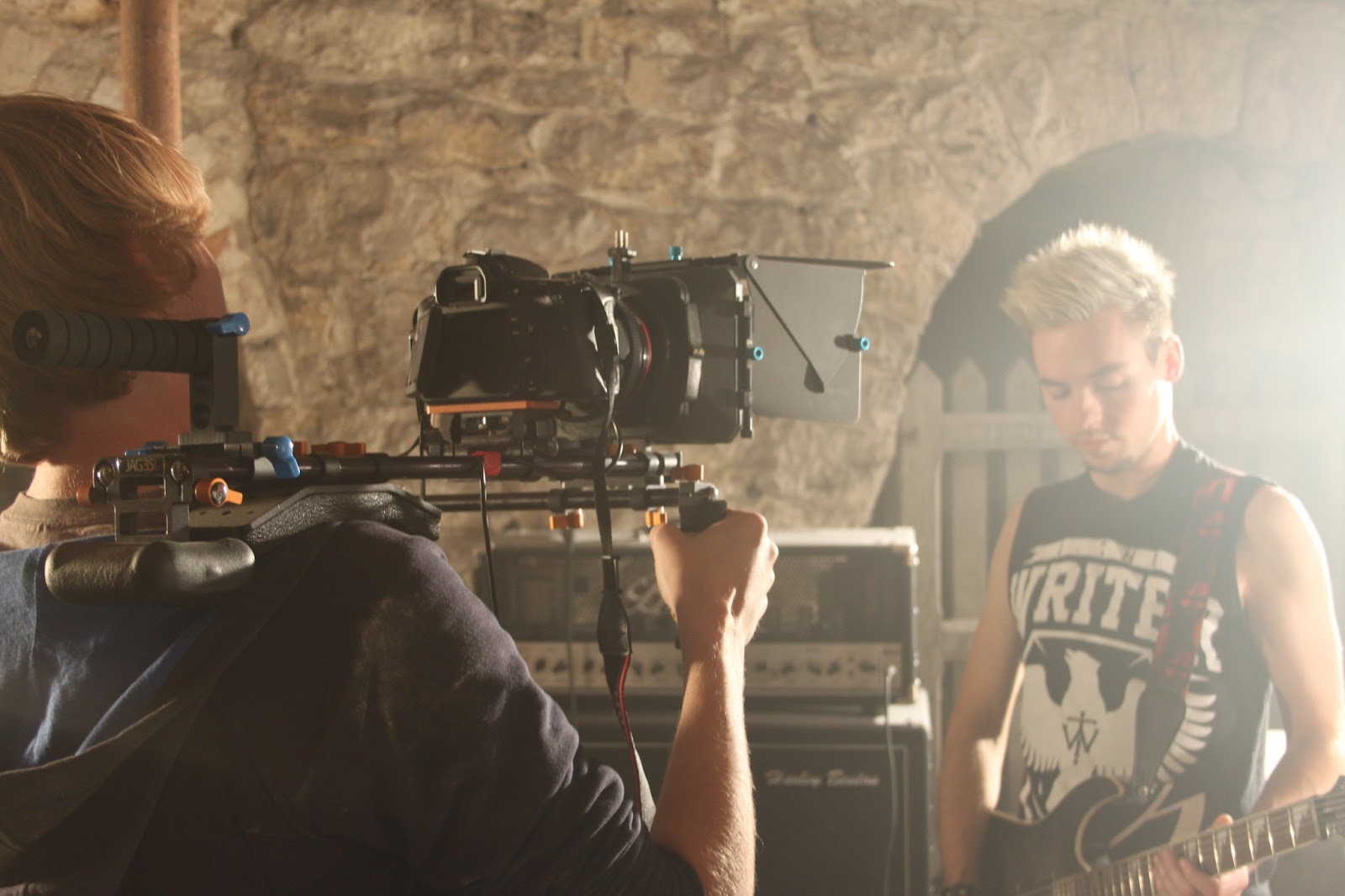Live Rooms:
A
live room in relation to recording environments is two things. The
first way to describe it, is the room where the musician, band, or
talent goes in to record, as opposed to the control room. The other term
for it is slightly more interesting, Its a room thats acoustics are very interesting. A live room is a room thats
‘alive’. This means that the sound after the sound has come from the
source, it bounces off surfaces in the room, an effect most commonly
known as ‘reverb’ or reverberation. To get a good sounding recording,
you don’t want a completely dead dry sound, as it’ll sound like its been
recorded in a vacuum. You want a mix between a dead and a live room.
You don’t want something layed down in an extremely live room, as then you have a lot of reverb to play with.
(http://www.keplar.net/articles/build-a-project-studio-you-can-be-proud-of/dead-rooms-and-live-rooms/)
Dead Rooms:
A dead room is a room with very little slapback/reverb.
The most dead rooms are known as 'Anechoic Chambers'. They aren't often
used in audio recording purposes, except for scientific measurements as
they sound very unnatural. Its fairly easy to make your own dead room,
for instance a tent with duvets, or blankets thrown over it to absorb
the sound. Most studios don't use Anechoic Chambers. They aren't used
very often in recording due to the unnatural sound, and the fact that
you don't get the same musicality you do, in a slightly live room you'll
be able to hear more definition between the notes, in a dead room it
would sound very muted. However, if you're recording something spoken
word, such as an audio book, a dead room is the perfect location to
record, as the mutes between the sounds means you can hear the words,
and the spaces between each word very clearly.
(http://www.keplar.net/articles/build-a-project-studio-you-can-be-proud-of/dead-rooms-and-live-rooms/)
Outdoor Recordings:
Outdoor
recording has its fair share of fun and games. There are many things
that can get in the way, or ruin a recording, Wind Noise, Background
Noise, too much reverb. The main way used to combat these problems is a
wind filter. these range from acoustically clear foam, to large dead
cats. The dead cats are often used for broadcast recordings in outdoor
environments due to their ability to filter out most background and wind
noise, and filter the speech through.
Simulated Acoustics:
Due
to the rise in use of digital mixing desks, simulated acoustics and
effects have risen a lot in popularity. There's a wide range of
simulated acoustics, these include things like compressors and gates. Other effects include things such as Pitch shifting, Delay, Modulation, and flangers.
These aren't all just built into desks, when analogue desks were more
popular, you would have to carry around a rack of 'outboard'. This was
all of your effects processors, Graphic EQs, and other associated
things. Most recording studios still use large racks of outboards, as
its tough to completely replicate the classic sounds of things like
Avalon valve compressors into a plugin for Logic or Pro Tools. Plugins
are another way of simulated acoustics, reproductions of sounds, such as
equalizers, coded into software plugins so you can use them on your
recording. Simulated acoustics aren't all about effects, other examples
of simulated acoustics include
things such as surround sound, where the sound is translated into 5 or 7
signals, and creates the effect of the sound being all around you.
The Perfect Recording Environment:
The
perfect recording environment for music would be a room that’s not
entirely dead, with some slight reverb to create musicality, and so you
can pick up the different tonal range within the voice, with a pop
shield over the microphone to help prevent sibilance and popping, so the
recording sounds smooth, also with an acoustic filter behind the
microphone to prevent too much reverb, so you would gain the musicality,
but also get the definition between each word. A perfect recording
environment for spoken word would be a dead room, as the flatness of the
sound gives you the definition across each word spoken.


